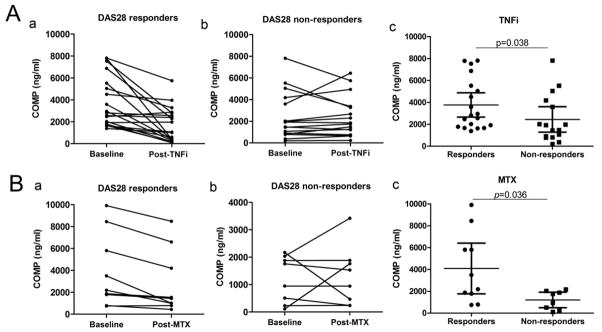Figure 3. COMP fragment levels were gradually elevated in the progression of both human OA and RA.
(A) Measurements of serum COMP levels from OA patients and normal controls using both the Commercial ELISA kit and the newly established sandwich ELISA. The bottom and top of the box indicating values between 2.5th and 97.5th percentile, the horizontal band in the box represents the median value, the ends of the whiskers represent 10th and 90th percentile, respectively. The P value was calculated when compared with the normal group. (B) Adjusted serum COMP levels (ln scale) were correlated with the Kellgren&Lawrence grade score in OA patients and normal controls: K&L grade 0 group (n=21); K&L grade 1 group (n =31); K&L grade 2 group (n =29); grade 3 group (n =35); and K&L grade 4 group (n =32). The whiskers indicates the minimum and maximum values, the box indicating values between 2.5th and 97.5th percentile, the horizontal band in the box represents the median value, *P=0.046, **P=0.009, ***P<0.001 when compared with K&L grade 0 group, ANOVA followed by post hoc Dunnett’s multiple comparison test. (C) Serum COMP level was markedly higher in RA patients (n=60) compared with the normal control (n=21). ***P<0.001. The COMP levels increased in the progression of OA in the mice model. Surgical OA was induced in wild-type C57BL/6 mice at the age of 8 weeks and the knee joints harvested 4, 8, and 12 weeks after surgery (n = 6–8 mice per group). Articular cartilage loss was evaluated by the modified Mankin Score, and the serum COMP levels were determined pre-surgery and 4 weeks, 8 weeks, and 12 weeks after surgery. Sham-operated mice were used as control. Error bars show 95% Confidence Interval(CI).., ***P<0.001 when compared with sham group at matched time point.

